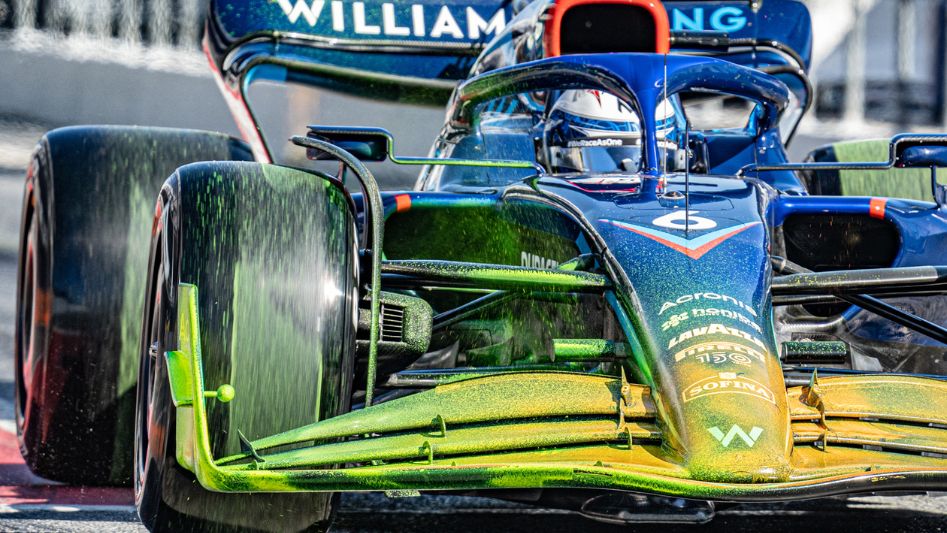Unlock the secrets of aerodynamics in wind turbines and Formula 1 cars. Learn how airflow is harnessed for energy and speed in this informative article.
Table Of Content
Introduction
Aerodynamics is the study of how air flows around objects and is an essential aspect of modern engineering. From wind turbines to Formula 1 cars, aerodynamics plays a crucial role in enhancing performance and efficiency. Both wind turbines and Formula 1 cars have to deal with the same fundamental principles of aerodynamics, such as lift, drag, and turbulence. By understanding these principles, engineers can design better and more efficient machines, which can have significant implications for both the energy and transportation sectors.
We invite you to read: “Can Wind Turbines Withstand Hurricanes?”
Aerodynamics in Wind Turbines
Wind turbines convert wind energy into electricity, and aerodynamics is a critical aspect of their design. This section will discuss the design of wind turbine blades, including their shape and material, and the importance of blade angle and pitch control in optimizing energy generation. Additionally, the effect of wind speed and direction on energy generation will be highlighted.
Aerodynamics in Formula 1 Cars
The design of Formula 1 cars is heavily reliant on aerodynamics, and this section will explore the role of aerodynamics in enhancing the performance of these high-speed vehicles. The use of wings, diffusers, and other aerodynamic devices, as well as the importance of downforce in enhancing speed and cornering ability, will be discussed.
We invite you to read: “The Long Road to Vertical Axis Wind Turbines (VAWT)”
Lessons learned from Wind Turbines and Formula 1 Cars
This section will highlight the valuable lessons that can be learned from the application of aerodynamics in wind turbines and Formula 1 cars. The importance of optimizing aerodynamic design for efficiency and performance, the need for constant monitoring and adjustment to achieve desired outcomes, and the potential for cross-industry applications of aerodynamic principles will be discussed.
Conclusion
In conclusion, the power of aerodynamics cannot be underestimated in today’s world, where efficiency and performance are critical to success. By learning from the application of aerodynamics in wind turbines and Formula 1 cars, engineers and designers can optimize their products and designs for maximum efficiency and performance.
We invite you to read: “The Science Behind How Wind Turbines Generate Electricity”
FAQ
What is aerodynamics?
Aerodynamics is the study of how air and other gases interact with solid objects.
What is the importance of aerodynamics in engineering and technology?
Aerodynamics plays a crucial role in various fields of engineering and technology, including wind turbines and Formula 1 cars, by optimizing efficiency and performance.
What lessons can be learned from wind turbines and Formula 1 cars regarding aerodynamics?
The lessons learned include the importance of optimizing aerodynamic design for efficiency and performance, the need for constant monitoring and adjustment to achieve desired outcomes, and the potential for cross-industry applications of aerodynamic principles.
What is the role of aerodynamics in wind turbines?
The design of wind turbine blades and their control, as well as the effect of wind speed and direction, are crucial aspects of aerodynamics in wind turbines.
What is the role of aerodynamics in Formula 1 cars?
The design of Formula 1 cars is heavily reliant on aerodynamics, and aerodynamic devices such as wings, diffusers, and downforce are important in enhancing speed and cornering ability.
You May Also Like
- The Benefits of Implementing Vertical Axis Wind Turbines Offshore
- Martian Wind Energy: A Science Fiction Look at the Possibility of Wind Turbines on Mars
- Small but Mighty: How Vertical Axis Wind Turbines are Making a Big Impact in Cities
- Wind Turbines & Insect Wings: Can We Achieve Higher Efficiency?
- Wind Turbines Speed: Are They Supposed to Spin Fast All The Time?




